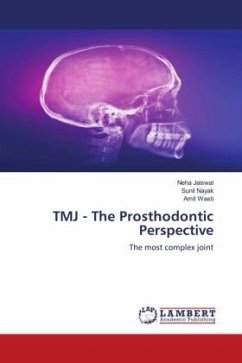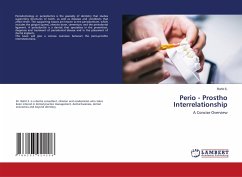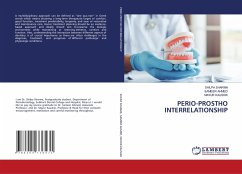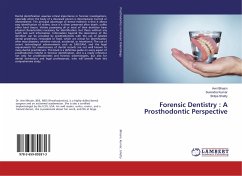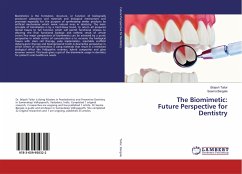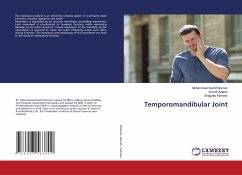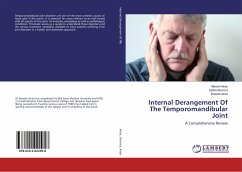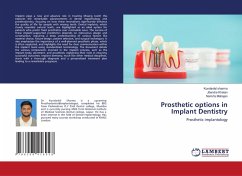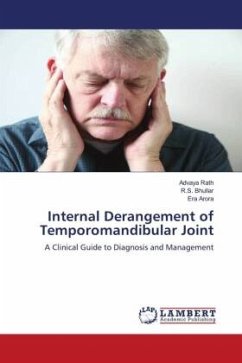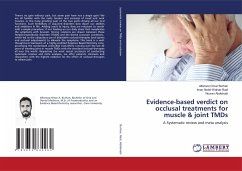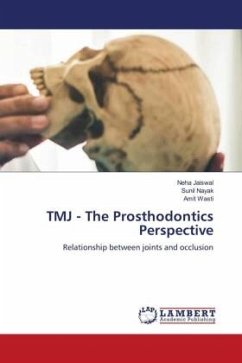
TMJ - The Prosthodontics Perspective
Relationship between joints and occlusion
Versandkostenfrei!
Versandfertig in 6-10 Tagen
45,99 €
inkl. MwSt.

PAYBACK Punkte
23 °P sammeln!
The prosthetic relations of the joint are those actions of the joint which enter into, or create problems of, tooth restorations. They are not concerned primarily with the anatomy of the joint, but rather with the way that anatomy enters into functional relations of the teeth, either natural teeth or their artificial counterparts. Properly articulated teeth do not bump into each other and thus create lateral stresses. Instead, they travel around and between each other to create a most efficient chewing mechanism while maintaining force along the long axes of the teeth to reduce stress on the s...
The prosthetic relations of the joint are those actions of the joint which enter into, or create problems of, tooth restorations. They are not concerned primarily with the anatomy of the joint, but rather with the way that anatomy enters into functional relations of the teeth, either natural teeth or their artificial counterparts. Properly articulated teeth do not bump into each other and thus create lateral stresses. Instead, they travel around and between each other to create a most efficient chewing mechanism while maintaining force along the long axes of the teeth to reduce stress on the supporting tissues. The movements of the mandible which create the multitude of tooth contacting positions are activated by the muscles of mastication but controlled by the temporomandibular joints. The muscles place the mandible in a great variety of positions, but the paths of motion to these positions are determined by the joints. However, the muscles cannot permanently adapt the mandible to a position which is not harmonious with the joints without injury to some part of the mechanism, be it teeth, supporting structures, joints, or the muscles themselves.



